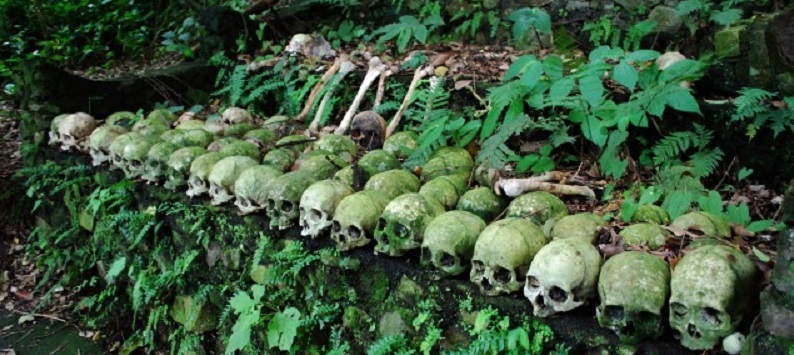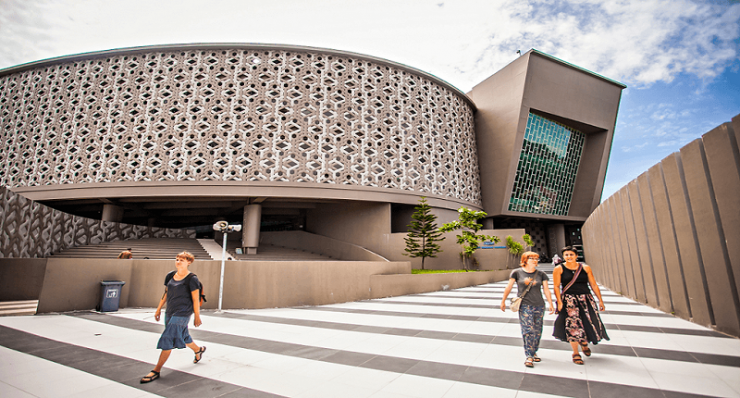THE TERM dark tourism was first popularized by John Lennon and Malcolm Foley through their book entitled ‘Dark Tourism: The Attraction of Death and Disaster’. If traveling is usually synonymous with visiting fun and refreshing locations, this is not the case with dark tourism.
This ‘dark’ line of tourism offers tourists to visit places that have a dark history, tragedy, war, disaster, and even death. Curious as to what?
The term dark tourism was first popularized by John Lennon and Malcolm Foley through their book entitled “Dark Tourism: The Attraction of Death and Disaster”. Initially, dark tourism was only associated with matters related to death, war, and disaster.
Along with the times, dark tourism has turned into tourist trips to sites that store stories about the tragic and heartbreaking death of mankind. Visiting these places will strengthen our memory of the sad event as well as remember and learn the background of the incident.
Indonesia has several dark tourism locations that are worth trying. There, you can experience the horror firsthand and delve deeper into the culture or context of the times that made a tragedy happen.
Citing the Ministry of Tourism and Creative Economy, Indonesia has the Aceh Tsunami Museum which is a monument to the 2004 tsunami. The museum displays the remains of items that remind visitors of how ferocious the tsunami hit the Earth’s Veranda of Mecca 17 years ago. There are also the names of the victims who died as a result of the tsunami as a reminder that the disaster had happened.
Then there is Trunyan Bali Village. Trunyan Village has a unique custom in viewing death. The village community prepared three death locations for family members. The three are divided into three categories, namely people who died in good condition, the second was not in good condition for example due to an accident, and for infants.

Unlike other cemeteries, they will put the bodies of their family members on the ground without being buried. They are only fenced with woven bamboo to keep away from animals. The Trunyan people believe their bodies will be absorbed by the soil by themselves.
Next is the Juang Foreman Tomb in West Kalimantan. The Juang Foreman’s Tomb is one of the historical sites because this place was the site of the massacre of approximately 21,037 people by the Japanese army in 1943 to 1944.
The last is the Bali Bombing Memorial. The monument contains hundreds of names of victims from the ferocious Bali bombing on Jalan Legian Kuta in October 2002. This monument was built to pay homage to the victims and make it a history lesson for future generations. [special photo]
















